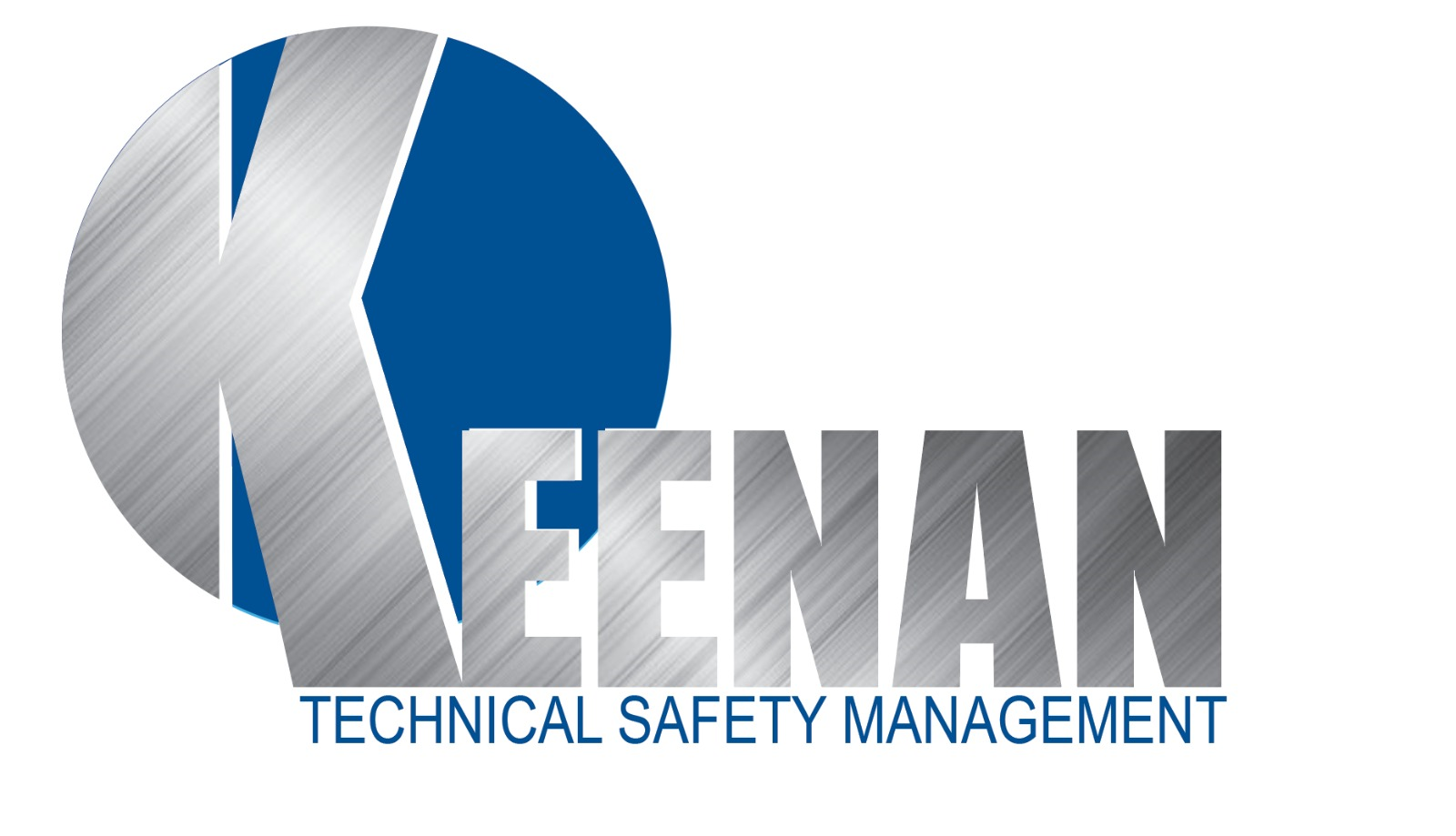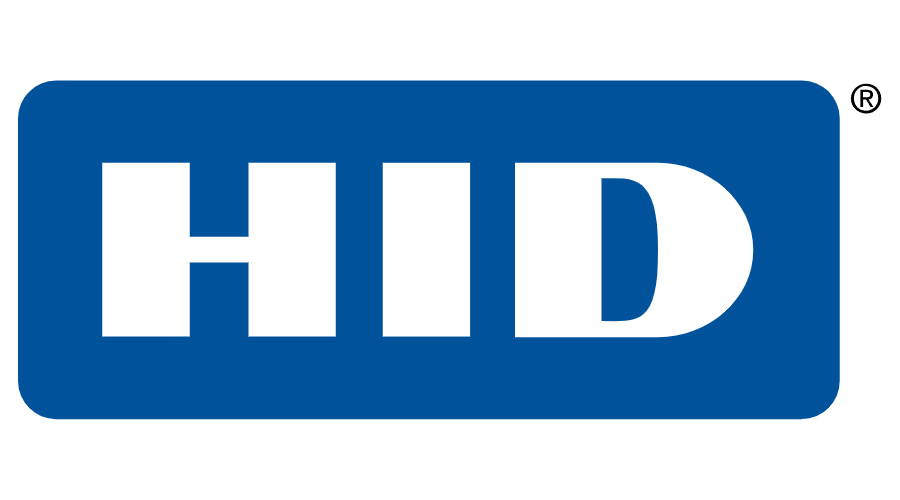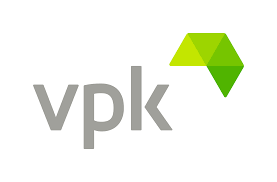Information
-
Document No.
GENERAL EQUIPMENT DESCRIPTION
-
Description of item, I.e. automated packaging machine.
-
Location of machine when assessed.
- SB1
- SB2
- BISCUITS
- ELGIN 1
- ELGIN 2
- ABERLOUR WORKSHOP
- ELGIN WORKSHOP
- OTHER LOCATION
-
Detailed description of location where appropriate.
-
Plant reference number.
-
Name of assessor
-
Time/date of assessment.
-
General description of equipment including ancillary equipment where relevant.
-
Intended function of equipment.
-
Is equipment suitable for intended function.
GUARDING OF DANGEROUS PARTS
-
Is access possible to any part of machinery which could cause injury.
-
What method of safeguarding is necessary to minimise the risk, I.e. fixed guard, other guard, jigs or push sticks, etc.
-
Where guards are already fitted are they suitably constructed, adequate distance from hazards etc.
MAINTENANCE
-
What maintenance is required for guards and safety devices.
INSPECTION
-
Is there a written scheme of examination for guards and safety devices.
-
Is written scheme available and are examinations scheduled.
INFORMATION, INSTRUCTION AND TRAINING.
-
Is the use of the equipment covered by the training department work instruction? (If not then this will need to be highlighted to the training department).
-
What is the work instruction number which is relevant to this equipment.
ADDITIONAL HAZARDS
-
Is there a risk of any article or substance falling or being ejected from the machine.
-
Can any part rupture or disintegrate.
-
Is there a risk of overheating or fire.
-
Is there a risk of unintentional or premature discharge of dust, gas, liquid, vapour or any other substance.
-
Is there any part of the equipment at a high or low temperature likely to cause injury.
-
Any other hazards.
EMERGENCY STOP CONTROLS
-
Take a photo of each emergency stop device including trip devices.
-
Are there sufficient emergency stop devices in suitable locations.
IS THE EQUIPMENT ABLE TO BE SUITABLY ISOLATED FROM THE FOLLOWING ENERGY SOURCES.
-
Electricity
-
Compressed air/gas
-
Hydraulic
-
Steam
-
Other (e.g gravity, springs.)
CONTROLS
-
Are controls clearly visible, identifiable and clearly marked where necessary.
-
Are controls located to ensure that operators are not exposed to risk.
-
Can the operator see any other person who may be exposed to risk when the controls are operated.
-
Are there systems of work in place to ensure that no one is likely to be at risk when the machine starts.
-
Are suitable audible, visual or other warnings fitted if necessary.
ENVIRONMENT
-
Is there adequate lighting to operate the equipment.
-
Is lighting of controls adequate without glare.
-
Is the workplace temperature in the range of comfort for operators.
-
Is suitable seating provided where necessary.
-
Is there adequate space around the machine to allow safe and easy access.
-
Is storage for machine parts, special tools, consumables etc. provided.
-
Are sufficient suitable fire extinguishers provided within a reasonable distance.
-
Have the relevant persons been informed of any expected waste, spillage or effluence.
PERSONAL PROTECTIVE EQUIPMENT
-
Is PPE required to operate equipment.
-
What type of PPE is required.
- HARD HAT
- SAFETY EYEWEAR
- HEARING PROTECTION
- RESPIRATORY PROTECTION
- OVERALL, WHITE COAT ETC.
- HI VIS
- TROUSERS
- GLOVES
- FOOTWEAR
- OTHER.
-
Are operators aware that PPE is required.
-
Do operators know how PPE should be worn.
-
Contact Occupational Health Department to arrange face fit testing.
-
Is suitable storage for PPE provided.
-
Is there adequate provision for maintenance and replacement of PPE.
-
Has face fit testing been carried out for RPE.
SAFETY SIGNS AND WARNINGS
-
Are suitable signs fitted. For the following categories:<br>Hazardous surfaces e.g. Slippery, hot, sharp.<br>Hazardous materials e.g. Irritant,corrosive.<br>Hazardous parts or their movement e.g. Drawing in hazards.<br>Prohibited actions e.g. Authorised personnel only.<br>Correct operation.<br>Personal protective equipment.<br>Emergency action.
-
What additional signs are required.











